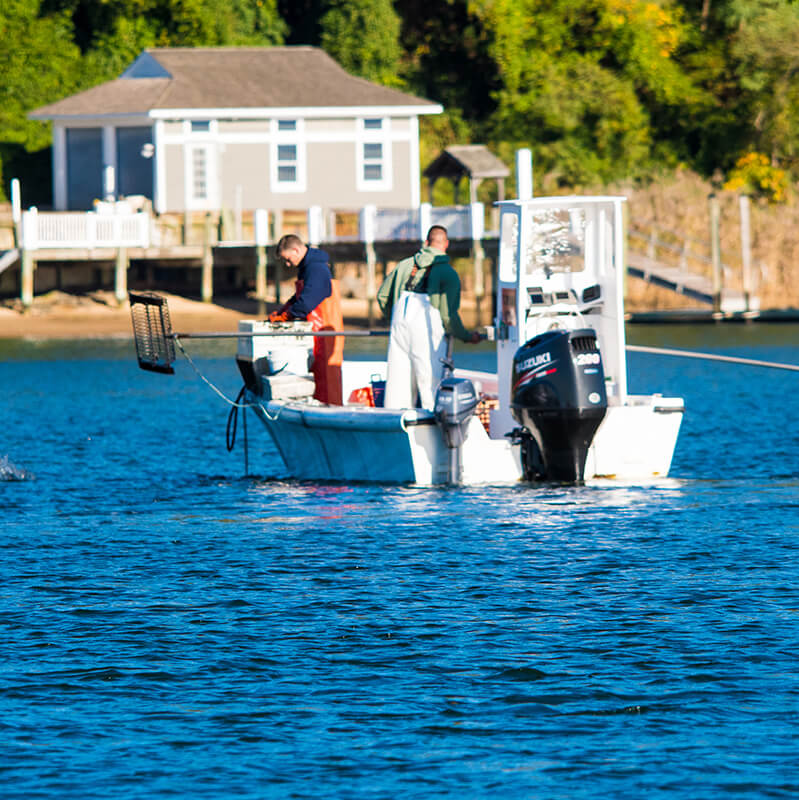A study co-authored by Urban Coast Institute Fisheries and Ocean Conservation Fellow Jay Odell in the journal Fish and Fisheries probed the condition of over 300 fisheries selected from a pool of nearly 2,000 state-managed, territory-managed and unmanaged fisheries in the U.S. The status of federally managed fisheries is assessed every year to determine which have been overfished and/or are being harvested at unsustainable rates. This study is the first to provide a comprehensive assessment of non-federally managed and unmanaged fisheries.
Although state-managed and unmanaged fisheries comprise about 40 percent of the total value of U.S. wild harvest fisheries, the stock status is unknown for nearly four out of five of them. The researchers found that for the 19 percent that had known status, only 16 percent had clearly healthy status and more than half did not partially or fully meet criteria for acceptable stock condition.
“Everyone says U.S. fisheries are the best managed in the world and there’s some truth to that,” Odell said. “However, that only applies to fisheries managed under the Magnuson-Stevens Act. Although there are many well-managed state fisheries, as a group, most are unmanaged and most are in poor condition.”
More than half of the respondents (state fish and wildlife agency fishery experts) surveyed said they were constrained by lack of resources. Another factor that came up was the intensive demand to assist with the federal fishery management system. Odell said this points to the need for greater investment in state/territorial fisheries management throughout the nation.
Odell completed the research while a member of The Nature Conservancy (TNC) staff in 2022. Fellow co-authors were from TNC and the University of Washington (UW), using a modified version of the Fishery Management Index methodology previously developed and published by UW researchers.
The full study, “Characterizing state-managed and unmanaged fisheries in coastal marine states and territories of the United States,” is available online. A UW blog summarizing the research can also be found here.

